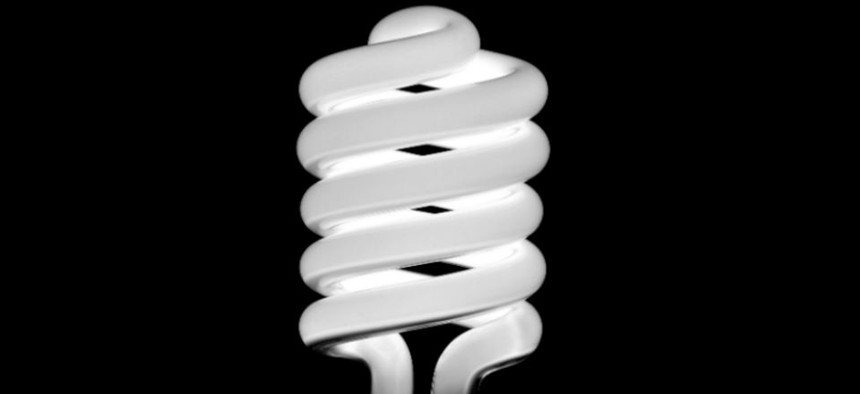A Plan to Turn Every Lightbulb Into an Ultra-Fast Alternative to Wi-Fi

Nokuro/Shutterstock.com
New technology transmits data as light instead of radio waves.
Current wireless networks have a problem: The more popular they become, the slower they are. Researchers at Fudan University in Shanghai have just become the latest to demonstrate a technology that transmits data as light instead of radio waves, which gets around the congestion issue and could be ten times faster than traditional Wi-Fi.
In dense urban areas, the range within which Wi-Fi signals are transmitted is increasingly crowded with noise—mostly, other Wi-Fi signals. What’s more, the physics of electromagnetic waves sets an upper limit to the bandwidth of traditional Wi-Fi. The short version: You can only transmit so much data at a given frequency. The lower the frequency of the wave, the less it can transmit.
But what if you could transmit data using waves of much higher frequencies, and without needing a spectrum license from your country’s telecoms regulator? Light, like radio, is an electromagnetic wave, but it has about 100,000 times the frequency of a Wi-Fi signal, and nobody needs a license to make a light bulb. All you need is a way to make its brightness flicker very rapidly and accurately so it can carry a signal.
The idea sounds daft: Who would want to sit under a flickering bulb? But Li-Fi, a standard proposed just two years ago, is seeing rapid technological progress.
Read the full storty at Quartz.
(Image via Nokuro/Shutterstock.com)
NEXT STORY: Why NASA Launched Jellyfish Into Space





